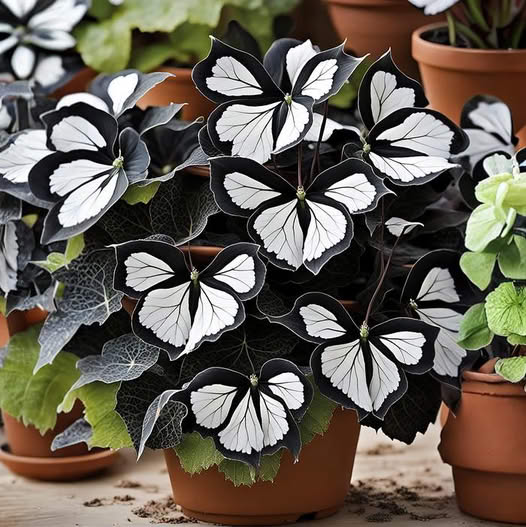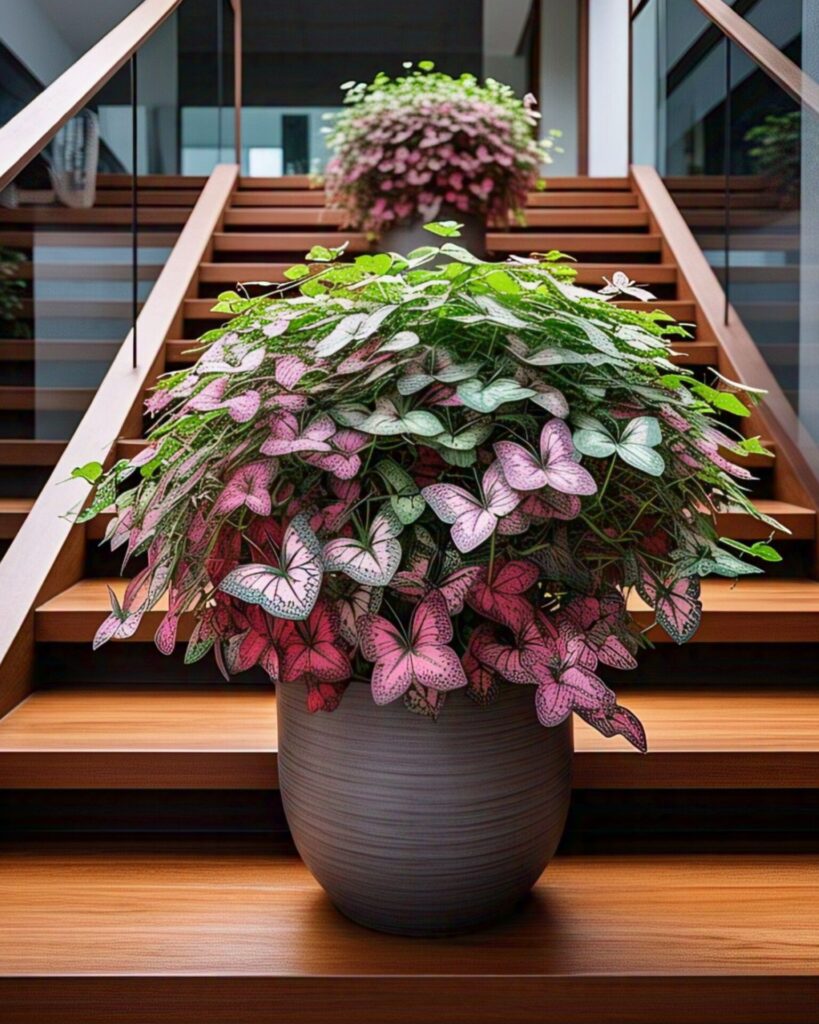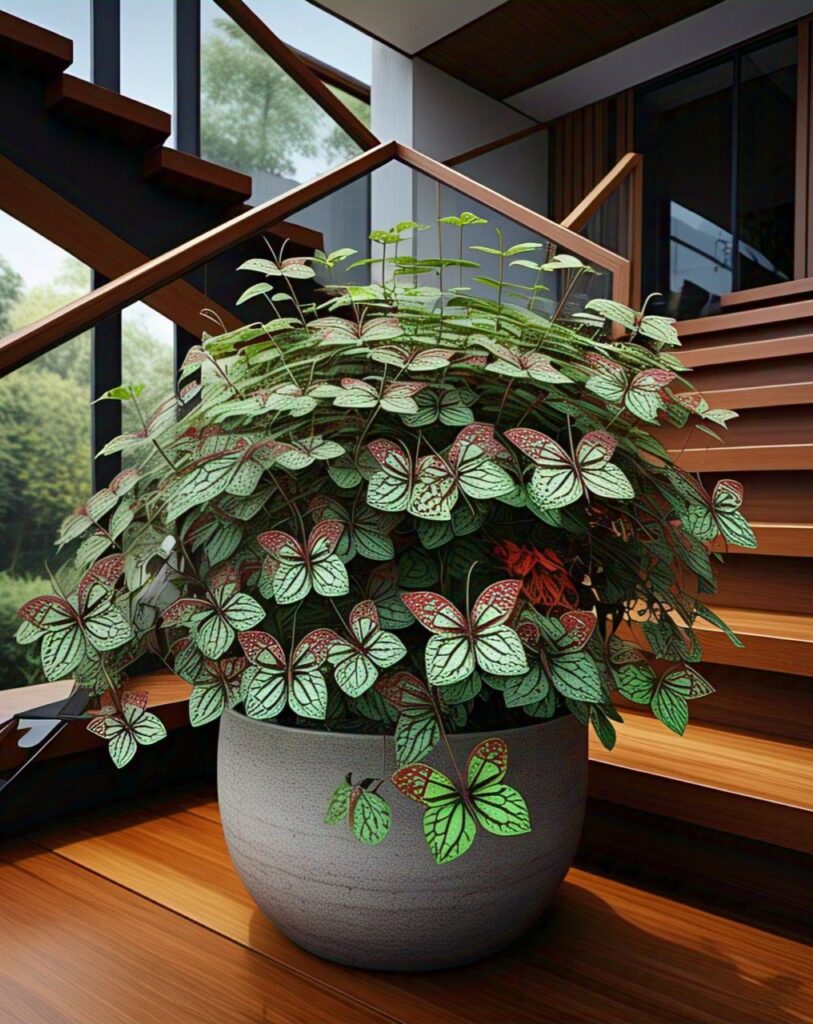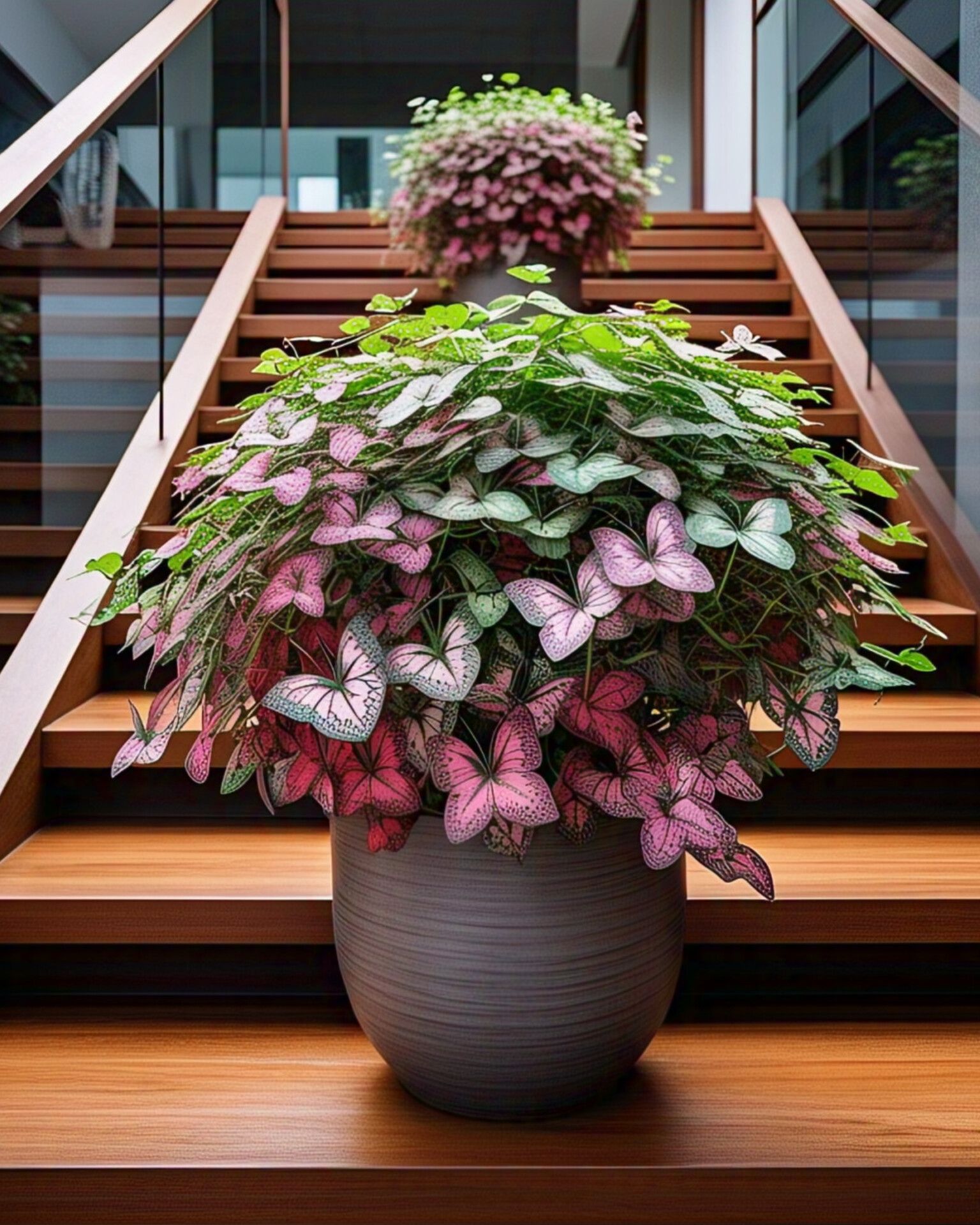The concept of the “truth butterfly plant” is a captivating metaphor that invites us to explore the nuanced and often elusive nature of truth itself. This plant, like the ephemeral life of a butterfly, challenges us to contemplate how we engage with our own truths and those of others. Are we nurturing these insights and allowing them to flourish, or are we letting them wilt in neglect? The truth butterfly plant extends beyond its physical form, as it prompts us to reflect on the narratives we construct and the environments we create, both personally and collectively.
Understanding Butterfly Plant Varieties
The term “butterfly plant” is often used colloquially to refer to a variety of flora that attracts butterflies, including both native and non-native species. In this context, plants like milkweed (Asclepias), which is crucial for the survival of monarch butterflies, might also fall under this umbrella. The allure of these plants stems from their dual appeal: they contribute significantly to biodiversity by supporting pollinator populations while providing an aesthetically pleasing addition to gardens.

Native Butterfly Plants and Their Importance
Native plants have co-evolved with local insect populations, creating a symbiotic relationship where both thrive together. Planting native species like echinacea or coneflower not only attracts butterflies but also provides habitat for other beneficial insects and wildlife. This interdependence is crucial for maintaining a healthy and balanced ecosystem.
Non-Native Species: Beauty vs. Ecological Impact
Conversely, non-native plants, while often beautiful and enticing to butterflies, might lack the necessary support structures for caterpillars or larvae that rely on specific host plants for survival. This creates a paradox where gardeners striving to enhance biodiversity through butterfly-friendly gardens might inadvertently hinder it by favoring non-native species. The introduction of non-native plants can potentially disrupt local ecosystems by outcompeting native flora and fauna.
Hybrid Varieties: A Compromise?
In recent years, there has been a growing interest in hybrid butterfly plants that combine the visual appeal of non-native species with the ecological benefits of native plants. These hybrids aim to strike a balance, providing a solution that satisfies both the gardener’s aesthetic preferences and the needs of local butterfly populations. However, the long-term implications of these hybrid varieties remain a topic of ongoing research and debate.

The Ecological Impact of Butterfly Plants
The choice of butterfly plants in a garden has far-reaching implications for the local ecosystem. Understanding the nuances of native versus non-native species is crucial in designing gardens that truly promote biodiversity and support thriving pollinator populations.
Biodiversity and Pollinator Support
Native butterfly plants play a vital role in supporting local ecosystems by providing food and habitat for a diverse range of pollinators, including butterflies, bees, and other insects. These plants have evolved alongside native species, creating intricate interdependencies that are essential for the overall health of the environment.
Disruption of Local Ecosystems
The introduction of non-native butterfly plants, while visually appealing, can disrupt local ecosystems by outcompeting native flora and altering the delicate balance of resources. This can lead to a decline in native species, as they struggle to adapt to the changing landscape and the loss of their preferred food sources and habitats.

The Role of Caterpillar Host Plants
Beyond attracting adult butterflies, the selection of butterfly plants must also consider their role as host plants for caterpillars. Many butterfly species rely on specific host plants for their larvae to feed and develop. Neglecting these essential host plants can have far-reaching consequences, as it can lead to a decline in butterfly populations and the disruption of the broader ecosystem.
The Relationship Between Aesthetics and Ecology
The desire to create visually stunning gardens often collides with the need to prioritize ecological responsibility. Navigating this balance is crucial in ensuring that our gardening practices contribute positively to the surrounding environment.
Designing Gardens for Visual Appeal
Gardeners are naturally drawn to the beauty and allure of butterfly plants, which can create captivating displays of color and movement. The aesthetics of a garden can be a powerful tool for fostering a connection with nature and inspiring a sense of wonder in visitors.
Balancing Beauty with Environmental Responsibility
However, the pursuit of visual appeal must be tempered by a deeper understanding of the ecological implications of our plant selections. Gardeners must be willing to make informed choices that prioritize the long-term health of local ecosystems, even if it means forgoing certain aesthetic preferences.
Cultural Perspectives on Butterfly Plant Gardening
The fascination with butterfly plants reflects broader gardening trends that emphasize ecological sustainability and community engagement. These cultural shifts invite us to reconsider our landscaping choices and explore the intricacies involved in garden design.
Historical Significance of Butterfly Plants
Butterfly plants have long held cultural significance, with roots tracing back to ancient civilizations and traditional medicinal practices. Recognizing this historical context can deepen our appreciation for the symbolic and practical value of these botanical wonders.
Modern Gardening Trends and Sustainability
Increasingly, communities are recognizing the importance of designing gardens that not only serve personal enjoyment but also engage in ecological stewardship. This shift invites us to rethink our landscaping choices and encourages conversations about plant selection, biodiversity, and community engagement.

Community Engagement in Plant Selection
Local gardening clubs and organizations often champion the use of butterfly plants that benefit native species, fostering a collective awareness of the intricacies involved in garden design. This collaborative approach empowers individuals to make informed decisions that contribute to the overall health and resilience of their local ecosystems.
The Role of Butterfly Plants in Climate Change Adaptation
As climate conditions continue to shift, the role of butterfly plants in supporting resilient ecosystems becomes increasingly crucial. Gardeners can play a vital role in creating microhabitats that help buffer the effects of a changing environment.
Resilience of Native Versus Non-Native Plants
Native plants, which have evolved to thrive in local conditions, often demonstrate greater resilience in the face of climate change. By incorporating these resilient species into their gardens, gardeners can help sustain butterfly populations and other pollinators amidst the challenges posed by a warming climate.
Creating Microhabitats in Garden Design
Through the strategic placement of both native and well-adapted non-native butterfly plants, gardeners can create microclimates and microhabitats that support a diverse array of species. This approach acknowledges the complexity of conservation efforts, balancing aesthetic value and ecological responsibility.
Artistic Expression Through Gardening
Gardening, with its emphasis on the beauty and transformation of living plants, can be viewed as a form of artistic expression. The presence of butterfly plants in a garden can enhance this artistic narrative, evoking powerful symbolism and metaphors.
Symbolism of Transformation
Butterfly plants, with their potential to attract and support the life cycle of butterflies, symbolize the profound process of transformation. Just as a caterpillar undergoes metamorphosis, a garden can transform into a thriving ecosystem filled with color and life.
The Narrative of Growth and Resilience
The act of gardening, with its cycles of growth, decay, and renewal, can be seen as a narrative of resilience and interconnectedness within the natural world. Butterfly plants, with their ability to sustain diverse pollinators, become a central character in this unfolding story, inviting us to reflect on our own personal growth and the collective responsibility we share.
The Truth Behind Butterfly Plant Myths
The world of butterfly plants is often shrouded in misconceptions and myths, which can hinder our understanding of their true ecological significance. By confronting these myths and delving into the scientific realities, we can make more informed choices in our gardening practices.
Common Misconceptions About Butterfly Plants
One common misconception is that all butterfly plants are inherently beneficial to the environment. However, the reality is more nuanced, as the introduction of non-native species can disrupt local ecosystems. Another myth is that butterfly plants are primarily ornamental, when in fact, their role in supporting pollinators and maintaining biodiversity is of paramount importance.
Understanding the Science Behind Plant Choices
By engaging with the scientific literature and consulting with local experts, gardeners can develop a deeper understanding of the ecological implications of their plant selections. This knowledge empowers them to make informed decisions that align with the long-term health of their local environments.
Engaging with Our Own Truths in Gardening
The metaphor of the truth butterfly plant extends beyond the physical realm, inviting us to reflect on the nature of our own truths and how they shape our interactions with the natural world.
Personal Narratives and Gardening Practices
Each gardener brings a unique set of experiences, beliefs, and perspectives to their gardening practices. These personal narratives inform the choices they make, from the plants they select to the ways in which they engage with their gardens. Acknowledging and examining these narratives can lead to greater self-awareness and more thoughtful decision-making.
Reflecting on Collective Responsibility
As we navigate the complexities of butterfly plant cultivation, we are also called to consider our collective responsibility in shaping the environments we create, both literally and metaphorically. By fostering a culture of open dialogue and shared understanding, we can work towards a future where the truth butterfly plant flourishes, not just in our gardens, but in the way we engage with the broader tapestry of life.
Conclusion
The truth about butterfly plants is that they are far more than just visually appealing additions to our gardens. They represent a complex intersection of ecology, culture, and personal values, challenging us to navigate the nuances of environmental stewardship and our own relationship with the natural world. By embracing the lessons of the truth butterfly plant, we can cultivate a deeper appreciation for the fragility and resilience of life, and ultimately, a greater understanding of the truths that shape our individual and collective experiences.










